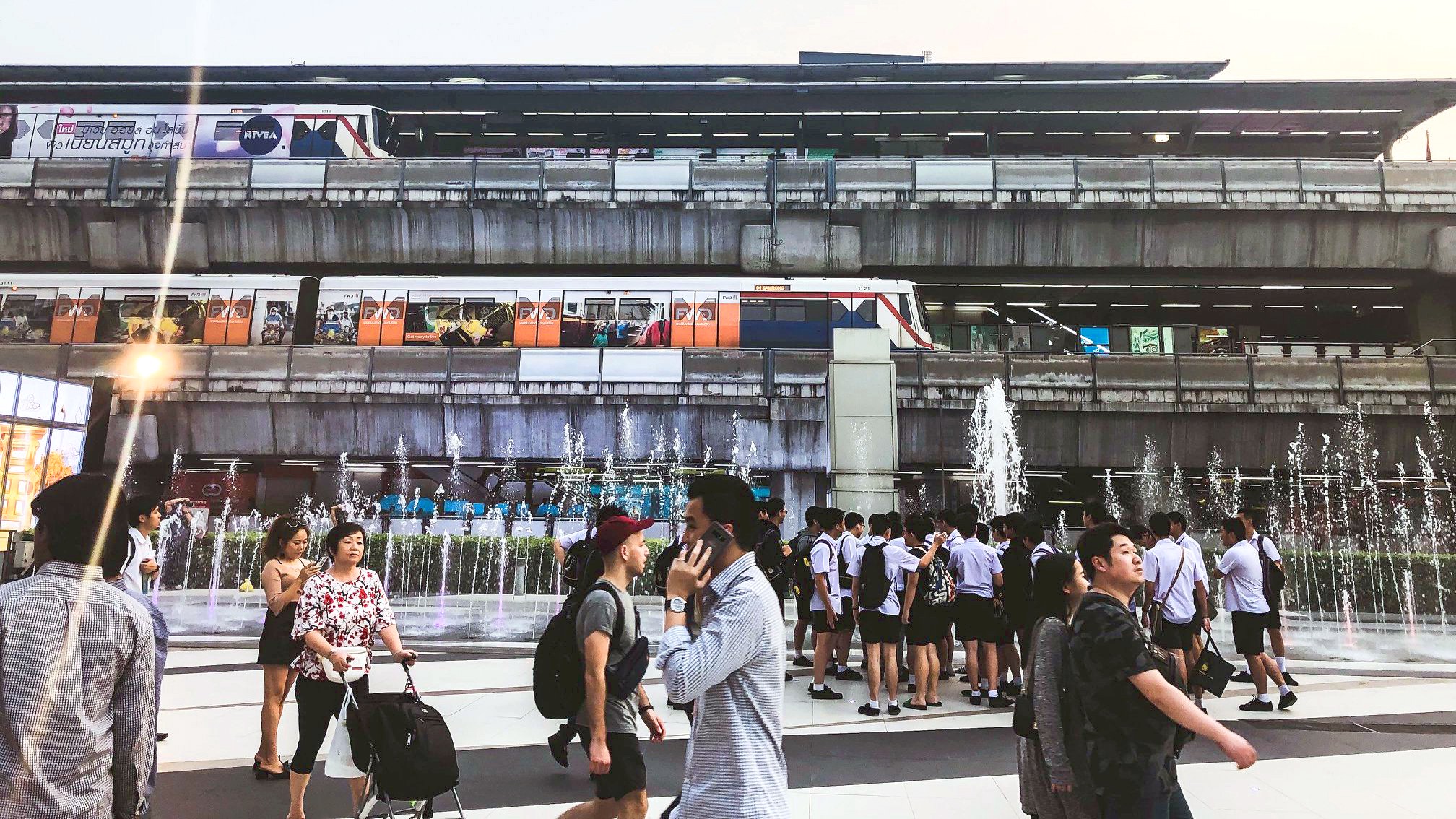
From observation to insights — Digital behavior observation in Thailand
Earlier this year, the UX team from Mozilla Taipei office visited Bangkok and Chiang Mai in Thailand and conducted a series of interviews around the topic — Digital Behaviors. We wanted to get a better sense of how Thai people use the internet and their mobile devices so that we can come up with new product ideas that serve their needs. Ultimately we are hoping that the Mozilla Taipei office can have more impact in the Southeast Asia markets once we have more knowledge and experience in markets like Thailand, Indonesia, or the Philippines.
After the research trip, we hosted a MozChat series event and invited Chit Lee from VisionThai to talk about his unique perspective when doing business in Thailand. I also shared what we’ve learned about Thailand on behave of our UX team as well. Here are some of the highlights that I’ve presented during the MozChat event.
Thailand Observations
*Thailand Overview
Thailand is the second largest economy in Southeast Asia after Indonesia and has a population of almost 70 million people, about three times more than Taiwan. Religion-wise, about 95% of Thai people are Buddhist, which is very different from Indonesia (87% Islam) or the Philippines (80% Catholic). Buddhism plays an important role in how Thai people think and behave.
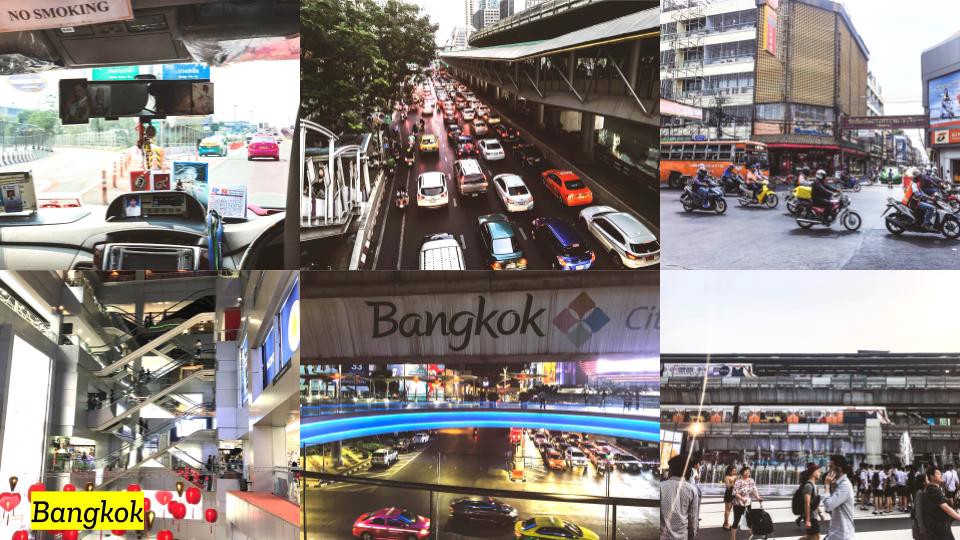

Some photos I took during our trip in Bangkok and Chiang Mai
*Digital in Thailand
From the latest Global Digital Report 2019, we can see that the percentage of internet users in Thailand has reached 82% and the percentage of mobile social media users has reached 71%. Facebook, Youtube, and LINE are the top three most active social media platforms in Thailand.
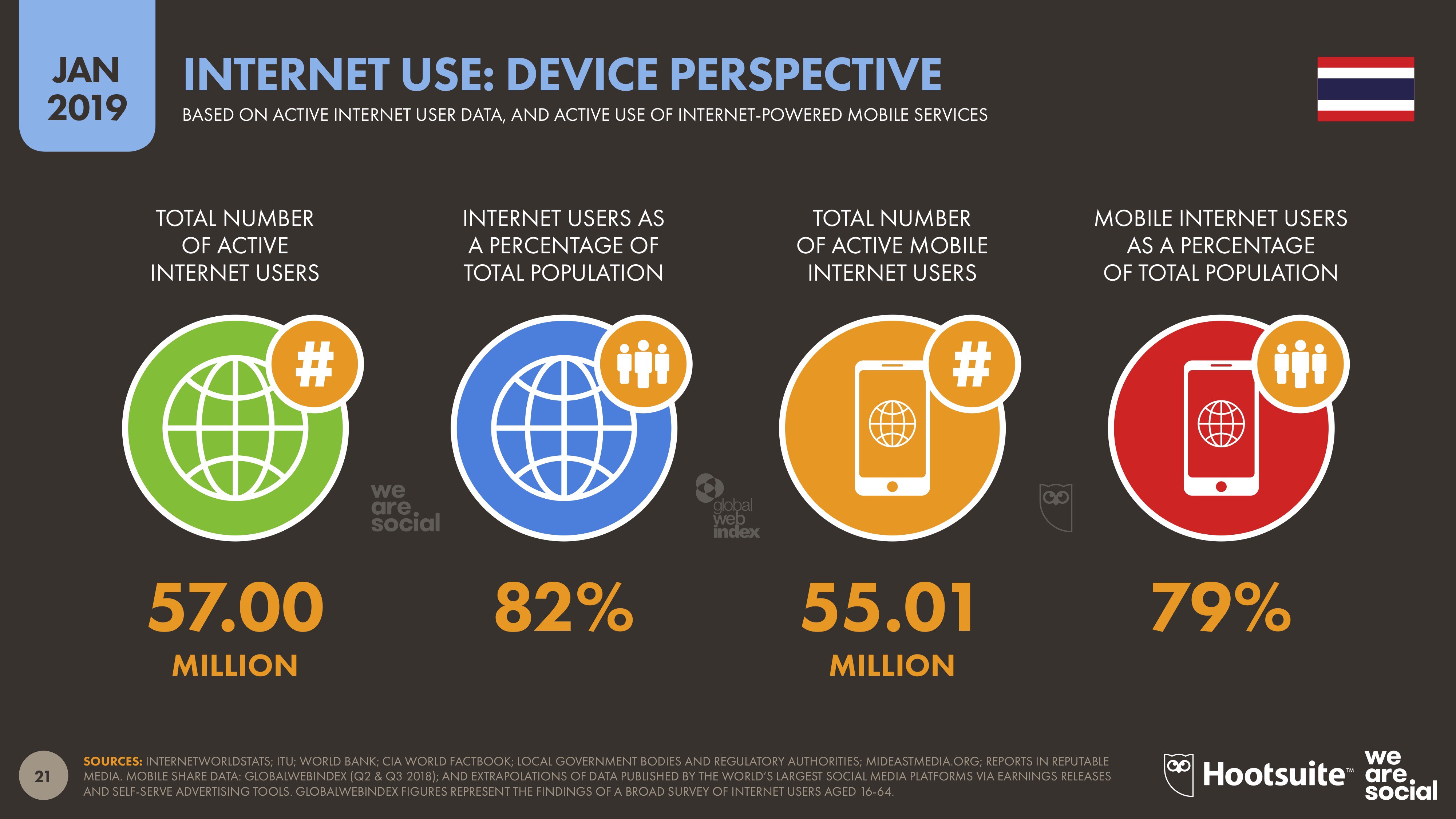
Source: https://www.slideshare.net/DataReportal/digital-2019-thailand-january-2019-v01
Thailand Field Research
Our team visited Thailand twice and had completed 12 home interviews and 32 street intercepts in both Bangkok and Chiang Mai. With the different perspectives from our participants, we are able to form insights and opportunities that can drive new product ideas.
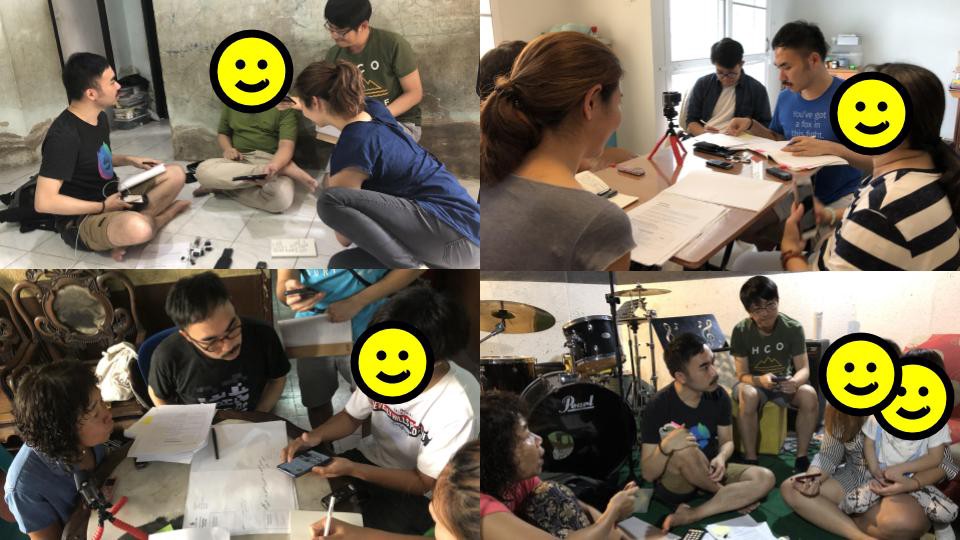
Home interviews with our participants.
*How we work
When interviewing our participants, it’s essential to work as a team and have clear duties for each member. We have two user researchers that took turns to lead the interview process, while the rest of us will take notes and ask additional questions if needed. We also have one local translator to help us smooth the process. It’s important to let the participants speak in their own language since we don’t want the language barrier hinder their real thoughts. We also set up video cameras and voice recorders to capture our interview process. We will walk through our notes each day after the interviews, and gather our findings into post-it-notes to help synthesize our ideas once we are back to Taiwan.
If you what to learn more about how we do cross-cultural user research, check out our user researcher Ricky’s article here:
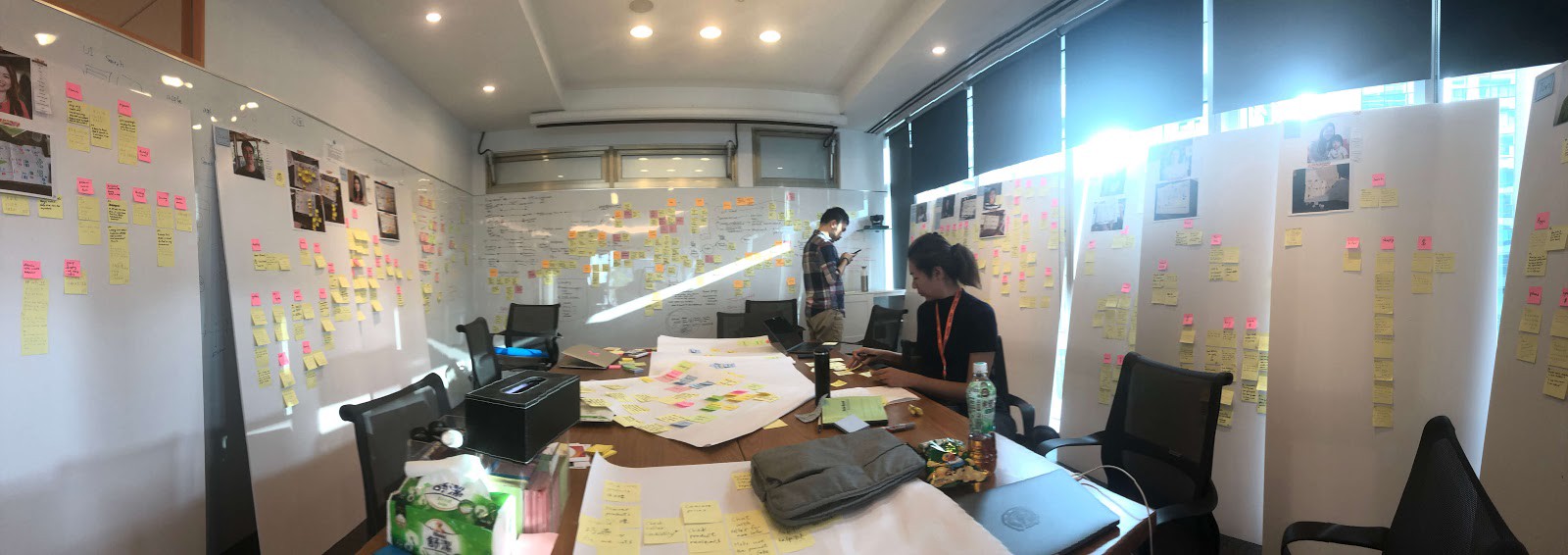
Our design space after the field research trip, post-it-notes everywhere!
Thailand Insights
During our interviews, we asked a lot about their needs when shopping online, how people use social media, and their search behaviors on the internet. We compiled all our notes and learnings from the interviews and came up with three main insights about digital behaviors in Thailand.
1. Users migrate platforms to avoid noise & insecurity
We’ve seen younger generations started to seek more private social media to share their thoughts. They usually have more than 3000 friends on Facebook, basically a public space for them, so they will migrate to Instagram or Twitter to create smaller social circles. We’ve also seen people using service like Blockdit to reduce information overloading and to get more relevant and authentic news. By the way, the top motivations for using social media in Thailand is to stay up-to-date with news and current events. Here’s a question we can think about:
“How might we ensure users be able to feel more secure and less distracted on the internet?”
2. More online human interaction is expected when the service shifts to online
Even though most of the services are now coming to online platforms, people in Thailand still care a lot about human interactions. Take shopping as an example; when they are shopping on social media, they need a lot of communication and interactions to help reduce the uncertainty and make sure they won’t be cheated. You can say that chatting is an essential part of their shopping journey. They want to build trust via the chatting process. So what we can think about here is:
How might we help the sellers & buyers reduce their efforts to gain trust during the shopping process?
3. Sense of immediacy is an online default mindset
We found that a lot of people in Thailand prefer using video as a learning tool instead of reading articles. We also found that people use Twitter to read the titles of the top ten news to keep track of current events. And when people search on the internet, they often use image search to get more results at once instead of going through the list of Google results one by one. In short, people want to consume information faster and more efficient. This kind of behavior seems inevitable, but we can still ask ourselves:
How might we utilize the sense of immediacy to help users acquire relevant information?
From observation to insights, we are able to converge our thoughts and spend more time focusing on the problems we want to tackle. I have to say we are no Thailand expert, but hopefully through our sharing we can inspire people to be more interested in learning about Thailand!
—
Special thanks to our Thailand research team — Ricky, Amy and Harly.
